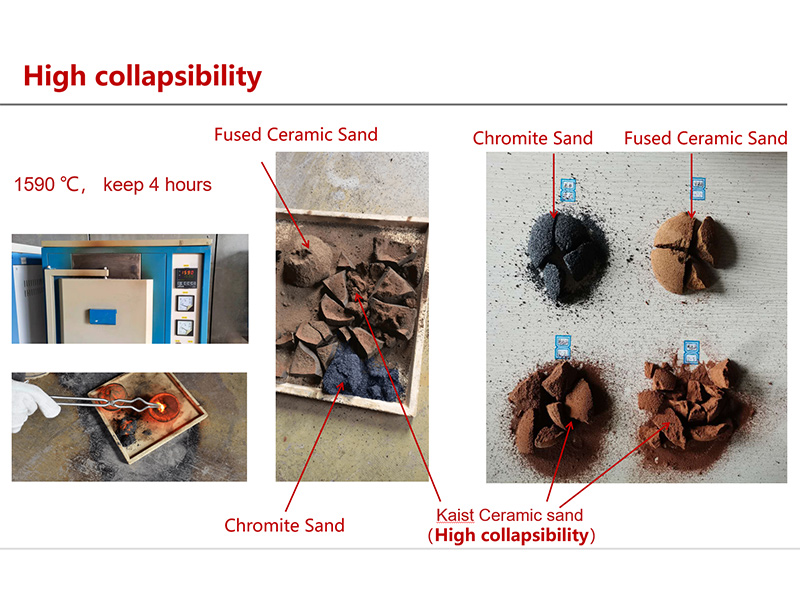Understanding Ceramic Sand Prices Factors and Trends
The demand for ceramic sand has been on a steady rise due to its diverse applications across various industries, particularly in foundries, construction, and oil drilling. As industries evolve and global markets fluctuate, understanding the pricing dynamics of ceramic sand is crucial for businesses and consumers alike. This article delves into the factors influencing ceramic sand prices, market trends, and future outlook.
What is Ceramic Sand?
Ceramic sand, also known as sintered bauxite, is a high-performance material typically used as a proppant in hydraulic fracturing processes, in foundries, and for construction applications. Unlike traditional sand, ceramic sand offers superior strength, thermal conductivity, and lower permeability, making it ideal for high-stress environments. Its unique properties stem from the manufacturing process which involves heating bauxite, creating a product that can withstand extreme conditions.
Factors Influencing Ceramic Sand Prices
1. Raw Material Costs The primary ingredient in ceramic sand is bauxite. Fluctuations in the price of bauxite, driven by mining regulations, geopolitical issues, and changes in supply and demand, can significantly impact ceramic sand prices. In recent years, environmental concerns have led to stricter mining regulations, causing production costs to increase.
2. Production Processes The cost of manufacturing ceramic sand involves several stages, including extraction, washing, drying, and sintering. Any increase in energy costs, due to rising fuel prices or stricter environmental regulations, can lead to higher production costs, which are often passed on to consumers in the form of increased prices.
3. Global Demand The demand for ceramic sand varies across regions and industries. For instance, the booming construction sector in Asia and North America has driven up prices as builders seek durable materials. Similarly, the oil and gas industry’s demand for high-quality proppants can influence prices. As countries invest in infrastructure and energy resources, the competitiveness for ceramic sand intensifies, pushing prices higher.
4. Market Competition The ceramic sand market is characterized by a mix of established players and emerging companies. Intense competition can lead to price wars, although in scenarios where demand outstrips supply, prices may remain elevated. Companies with efficient production processes may gain competitive advantages, potentially stabilizing their pricing structures.
5. Transportation and Logistics The cost of transporting ceramic sand can also affect its overall price. Changes in fuel prices or disruptions in logistics networks can increase shipping costs, which may lead to price hikes for end-users, especially in industries that require large quantities transported over long distances.
ceramic sand price

Current Market Trends
As of 2023, the ceramic sand market is witnessing several trends reflective of broader economic patterns
- Sustainability Practices There is a growing emphasis on sustainable sourcing and production. Market players are increasingly adopting eco-friendly practices, which can influence pricing structures due to the investment required to meet sustainable standards.
- Technological Advances Innovations in production technology are enabling manufacturers to reduce costs and improve the quality of ceramic sand. This could lead to more competitive pricing in the long run.
- COVID-19 Recovery The aftereffects of the pandemic continue to affect supply chains and labor availability. Recovery in global demand has consequently led to price volatility as markets adjust.
Future Outlook
Looking forward, ceramic sand prices are likely to remain dynamic, affected by the aforementioned factors. Analysts predict that as the construction and energy sectors continue to innovate, the demand for high-quality ceramic sand will persist. If production capabilities do not keep pace with demand, prices may trend upward in the medium term.
Moreover, as more industries prioritize sustainability, the cost of compliance may initially raise prices but potentially stabilize them over time as production processes adapt.
In conclusion, understanding ceramic sand prices requires a multifaceted approach that considers raw material costs, production dynamics, and industry demand. For businesses engaged in sectors reliant on ceramic sand, staying informed about these factors will be essential for making strategic decisions. As the market evolves, flexibility and foresight will be crucial to navigating the complexities of pricing in this vital industry.
Post time:9-р сар . 29, 2024 02:58
Next:Understanding the Sand Casting Metal Process for Effective Manufacturing Techniques
